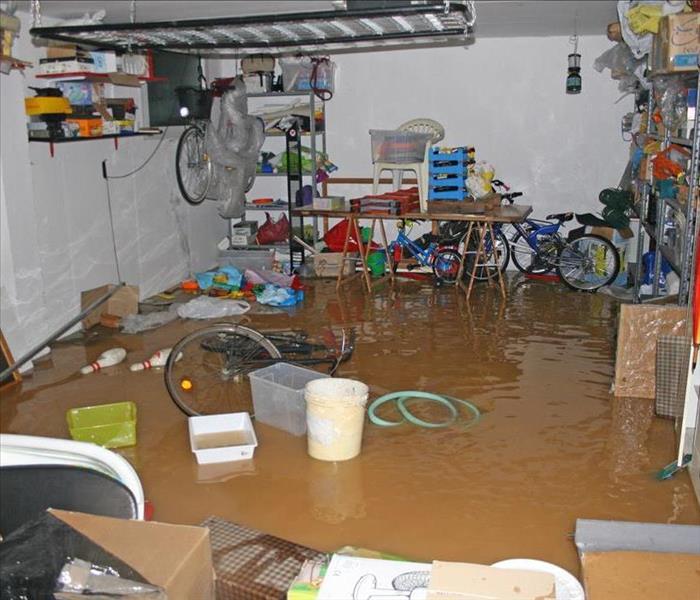Content Cleaning After Flooding: What You Need To Know
10/18/2021 (Permalink)
When your Layton, UT, home has been devastated by flooding, one of the most pressing issues you'll face is how to handle content cleaning. In those first few moments, your attention may naturally be drawn to structural damage, such as weakened flooring and soggy drywall. You may also consider the risk associated with secondary damages:
- Mold growth
- Frayed and exposed wiring
- Lingering odors
However, the longer it takes for you to think about waterlogged sofas and moist linens, the easier it will be for damage to set in and the more expensive it will be to replace those items.
Content Cleaning Steps You Should Take
One of the first things you need to do is understand the categories of contaminated water. Professional water damage cleanup technicians will assess the damage in your home and alert you to the scope of water contamination:
Category 1: Clean water comes directly from the faucet or a clean water supply line. Once water leaves the faucet or broken pipe, it is exposed to contaminants and degrade to category 2 or 3.
Category 2: Gray water carries some contamination, such as urine or detergents. When this water damage isn't addressed, the situation could deteriorate to category 3.
Category 3: Black water is contaminated with harsh chemicals, feces, heavy metals, and other pollutants. You should not come into contact with black water or any belongings exposed to it.
Unfortunately, if your flood originated from a heavy storm, overflowing river, or backed-up sewer, you're probably dealing with a category 3 situation.
Sort Belongings for Keeping, Cleaning, and Discarding
The next step is organizing the contents of your home into items that don't require cleaning, those that can be cleaned and repaired, and those that should be thrown away. Work closely with water damage cleanup and restoration professionals to understand the differences in these categories. For example, if clothing and window treatments remained dry in an unaffected part of the home, they probably don't require cleaning, disinfection, and deodorization. If those same belongings were in the same area as the flooding, they may have absorbed some of the moisture and contaminants. A good rule of thumb is that porous materials should be discarded, and non-porous items can be cleaned and saved.
Do-It-Yourself or Hire a Professional
In the aftermath of a flood, you are justifiably concerned about keeping your costs down, so when it comes to content cleaning, you may be tempted to handle a lot of it yourself. Some of the cleaning you can do, such as running uncontaminated linens through the washing machine. However, expensive window treatments, rugs, and contaminated textiles should be handled by professionals. There are several other belongings that should be treated by experts:
- Water-damaged computers, electronics, and appliances
- Important books, pictures, and paperwork
- Dry-clean only goods
- Family heirlooms and valuable belongings
Unfortunately, the DIY approach often leads to further damage and more expensive repairs. Don't put your belongings at further risk in an already stressful situation.
Water contamination is a serious risk after a home flood. Your home and family will be better off when you know how to safely handle content cleaning. Reach out to professionals when you have questions and concerns.





 24/7 Emergency Service
24/7 Emergency Service
